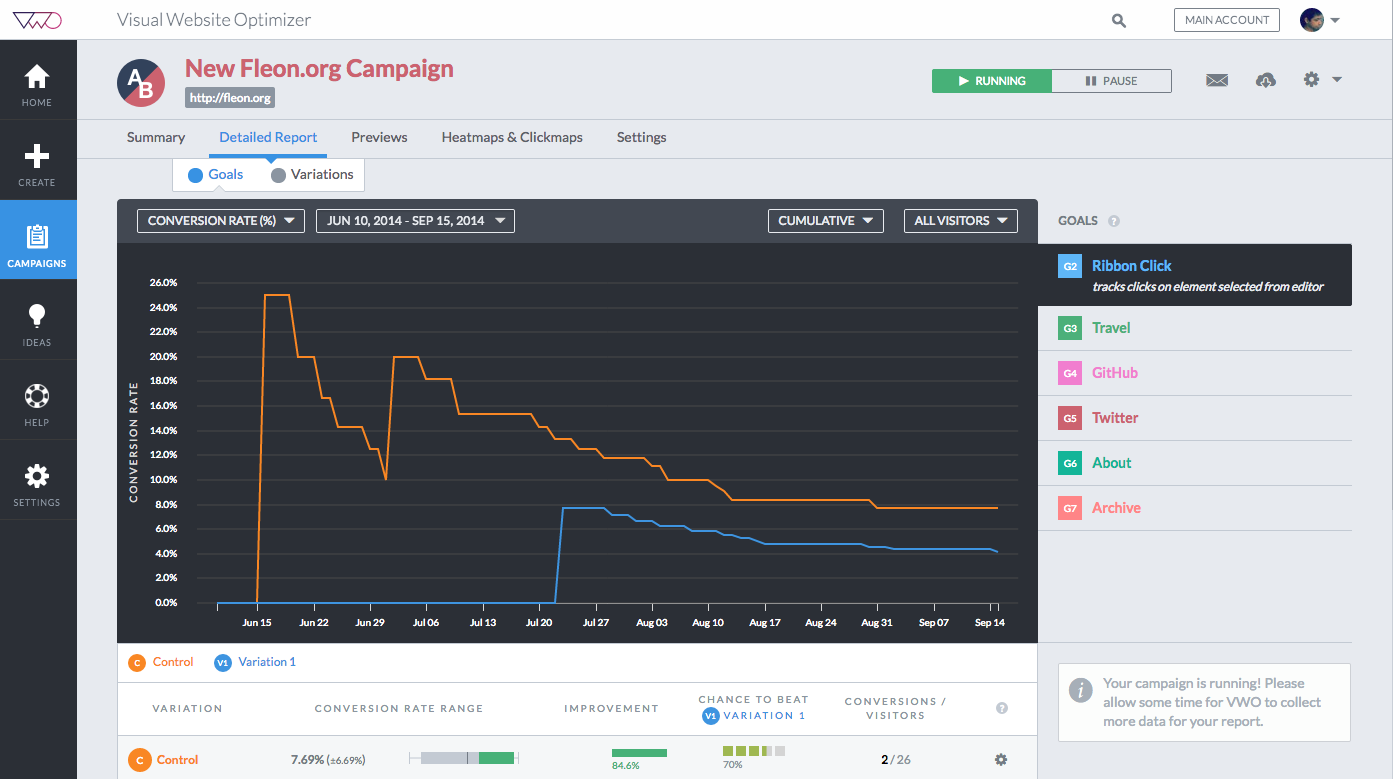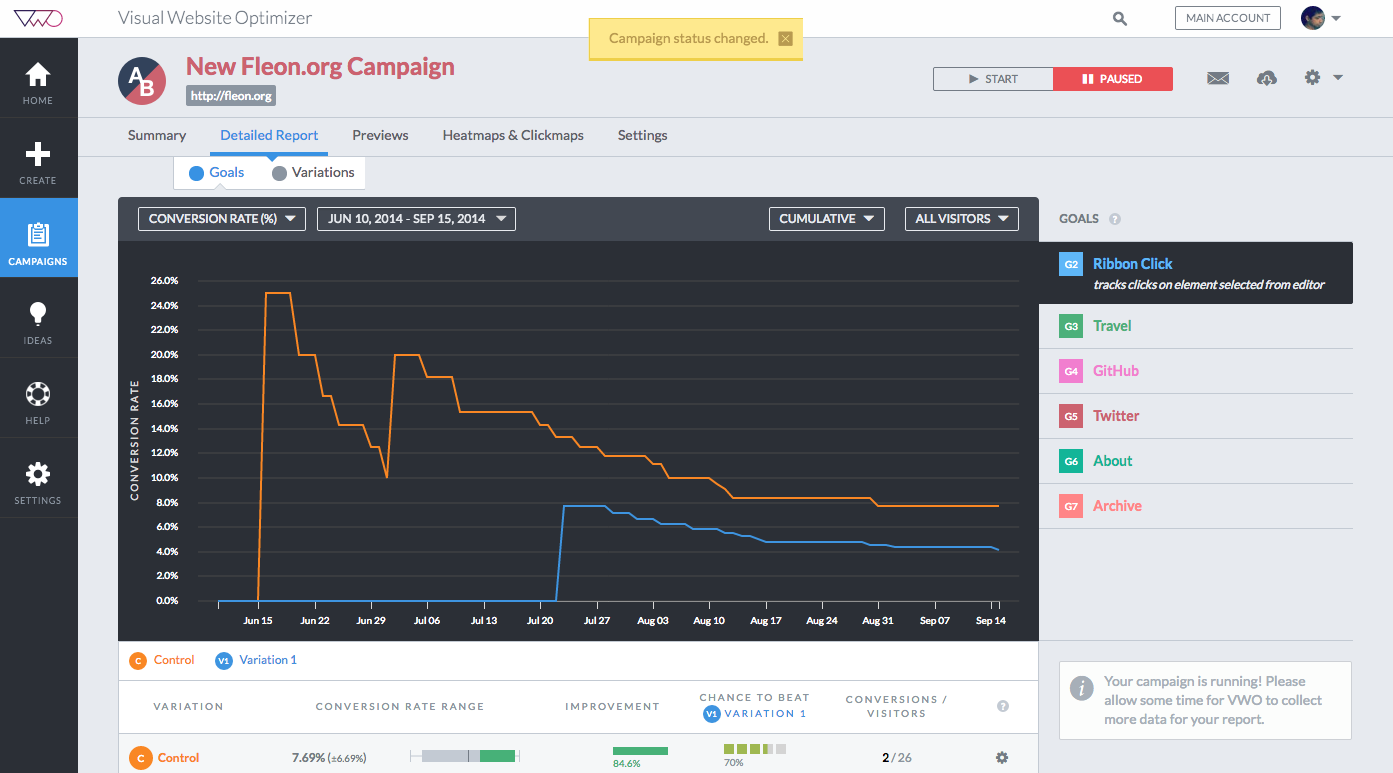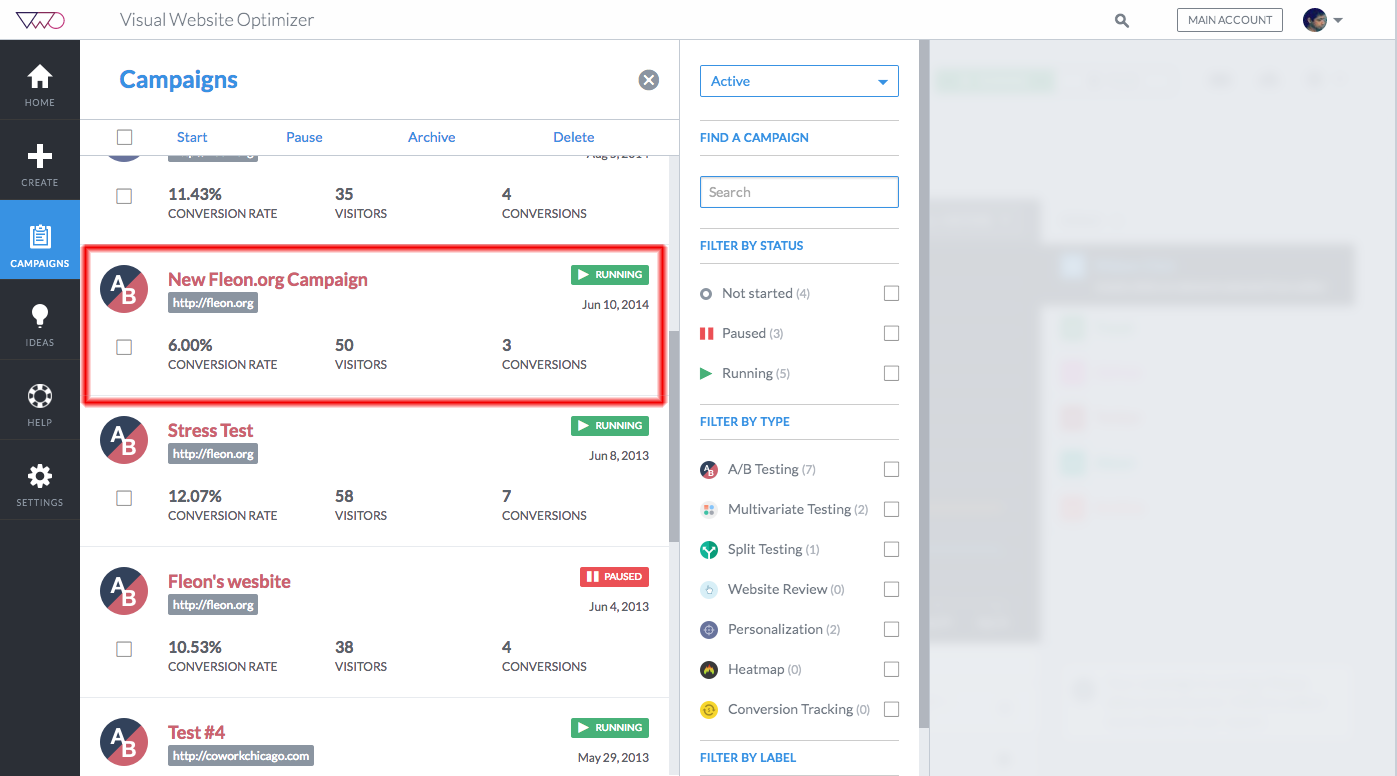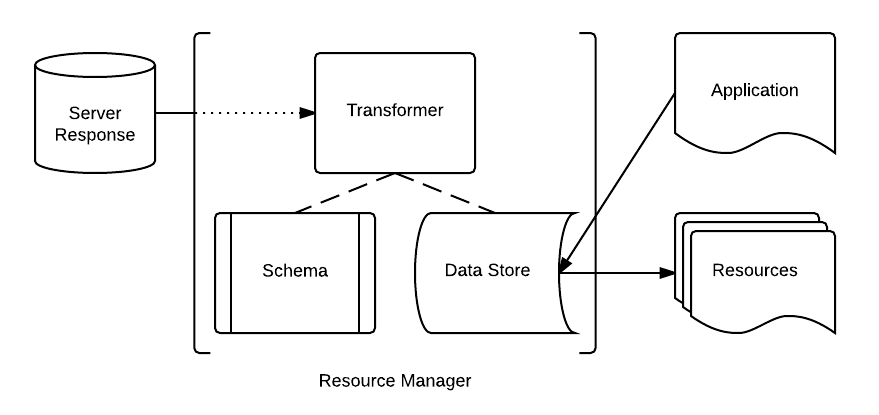Angular.js and Resources
Effectively Managing Resources (Models) in Your Angular.js Based Single Page Application
by Himanshu Kapoor, Front-end Engineer, Wingify
Web: fleon.org, Twitter: @himkp, Email: [email protected]
This presentation: http://lab.fleon.org/angularjs-and-resources/
Download / Fork on GitHub: https://github.com/fleon/angularjs-and-resources
The Web World Today...
Single Page Apps™
+
Front-end Frameworks
+
More Stuff
Why Single Page Apps?
Why should you make Single Page Apps?
- Faster experience
- Better runtimes
- Heightened expectations
Well ok, lets make a Single Page App!
Thus begins our SPA Journey...

with Angular.js + Angular UI Router + Require.js
And then, there were...
Models, Views and Controllers
MVC 101: Angular.js Edition
Views: rendered in the browser
Controllers: makes your view dynamic, has the logic
Models: plain old POJOs
POJOs as Models?
Yes, Plain Old Javascript Objects!
Hmm, sounds cool!
OK, here's what we got...
- The controller
function MyCtrl($scope) { $scope.myModel = 'hello world'; } - The view
{{myModel}}
- The model
// myModel is a POJO model
The result:

That was easy, but...
A real model, usually...
- is a rather big and complex object
- lies on the server
Ok, lets request the server!
$http shall answer all our queries
The code...
- The controller
function MyCtrl($scope, $http) { $http.get('/user').success(function (user) { $scope.user = user; }); } - The view
Hello there, {{user.name}}
- The model
{ // HTTP GET Response "id": 1234, "name": "John Doe", "email": "[email protected]" }
The result:

Pretty sweet, right?
But hold on...
Back in the real world, things aren't so simple.
The problems:
- What about multiple views?
- What about other kinds of actions (POST, PATCH, PUT, DELETE)?
- What about muliple types of models (users, posts, comments)?
- How do you handle multiple instances of the same model?
And while answering the questions,
How do you make sure your code is:
- DRY
- Consistent
- Scalable
- Testable
And here are the answers...
-
Q: What about multiple views?
A: Abstract out the model in a service.
-
Q: What about other kinds of actions?
A: Add support for those methods in the service.
-
Q: What about muliple types of models?
A: Add support for instantiating different model types in the service.
This looks like a job for...
$resource
$resource to the rescue!
- A configurable REST adapter
- An abstraction of HTTP methods
- Ability to add custom actions
- Promise-based API
- Resources are lazily loaded
Time for some code...
- The model
app.factory('UserResource', function () { return $resource('/user/:userId', { userId: '@id' }); }); - The controller
function MyCtrl($scope, UserResource) { $scope.user = UserResource.get({ id: 1 }); } - The view
Hello there, {{user.name}}
The result:

Looks no different from the previous output,
but our code is a lot more extendible with the above logic.
The journey continues...
- Application grows bigger
- Several views, controllers and resources
- Editable content
Incoming problems that say...

Which include
- View inconsistencies
- Duplicated model functionality
- The code isn't DRY anymore
Editable content
What is it?
- Edit a model using a form
- The model gets updated in that view
- But not other views across the app
- Result: inconsistency
Inconsistencies?
- Multiple views render the same model
- Each with different values
- Example: Blog, edit author name, save
Why are inconstencies so bad?
- Contradicting/misleading information
- Worse than having no information at all
Another Example + Code:
In addition to the code we already have:
- The model
app.factory('UserResource', function () { return $resource('/user/:userId', { userId: '@id' }); }); - The controller
function MyCtrl($scope, UserResource) { $scope.user = UserResource.get({ id: 1 }); } - The view
Hello there, {{user.name}}
Let us add another view that does something else, and something more...
- The view
Edit your name
- The controller
function MyEditCtrl($scope, UserResource) { $scope.user = UserResource.get({ id: 1 }); $scope.updateName = function () { $scope.user.name = $scope.newName; $scope.user.$save(); }; }
The result:

Separation of concerns is good, but not if it leads to such an inconsistency.
The solution
- Maintain references of that model throughout the app
- When it changes, propagate that change to all instances
Real World Example



In the real world, things aren't so simple...
Complicated inconsistencies:
- Editing a resource that is related to multiple parent resources
- Example:
author~post,author~comment - Maintaining references here isn’t so trivial
The solution: Relationships
- Relationships to handle sub-resources
- Maintaining a single reference for each unique resource / sub-resource
Relationships
Parent and children
- A property on a resource belongs to another resource
- Example:
post.authoris anAuthorResource,author.postsis a collection ofPostResources - Four kinds of relationships: one-to-one, one-to-many, many-to-one, many-to-many
Example

Diagram (Kinds of relationships)

Subsequent problem
Maintaining references
References?
What are references?
Maintaining references: Ensuring that each unique resource has only one instance throughout the app.
For instance, there should be only one instance of:
- UserResource with id=1
- UserResource with id=2
- PostResource with id=1
Q. How are such references maintained?
A. By transforming each backend response.
Looks like a job for...

Transformer
- A service
- Input: A backend response object
- Output: A transformed mesh of resources
Example input:
// GET /posts
[{
"id": 1,
"createdBy": { "id": 1, "name": "John Doe" }
"title": "My First Post",
"excerpt": "Lorem Ipsum"
}, {
"id": 2,
"createdBy": { "id": 1, "name": "John Doe" }
"title": "My Second Post",
"excerpt": "Lorem Ipsum"
}, {
"id": 3,
"createdBy": { "id": 1, "name": "Jony Ive" }
"title": "My Third Post",
"excerpt": "Lorem Ipsum"
}]
The output:
// Output obtained by transforming the response above
var output = /* ... */;
expect(output).toEqual(any(Array));
expect(output.length).toBe(3);
expect(output[0]).toEqual(any(PostResource))
expect(output[1]).toEqual(any(PostResource))
expect(output[2]).toEqual(any(PostResource))
expect(output[0].createdBy).toBe(output[1].createdBy);
expect(output[0].createdBy).toBe(output[2].createdBy);
How would such a transformation be possible?
- By identifying unique resources
By getting one or more properties that can uniquely identify a resource
For example: post.id, author.id
- By maintaining an index
A key value pair where:
Key: the unique identification above
Value: the actual resource - Knowing how to identify unique resources
By maintaining a schema
Scalablity by abstraction
- Solving the same problem for different resources across the app
- Indexing each resource instance by a given property
- Transforming relationships between parents and children recursively
How?
- Abstract out the core logic from configurable input
The End Result
An abstracted base that every resource stands on that is:
- Scalable
- Testable
- Configurable
Prevention of mixing resource management logic with the business logic
The core logic stays at a single place
Well you'd say...

Putting it all together
- Relationships
- Resource Transformation
- Indexing / Maintaining References
- A configurable schema
The result: ResourceManager
Resource Manager

Resource Manager
- An abstraction of resource-related problems faced while developing VWO
- A lot of them described in this presentation
- We will be open-sourcing it soon
General Learnings / Takeaways
- Abstract out duplicate logic
- Abstract out configurations from the logic
- Think recursively
- Research along each step
- Take inspiration from other libraries
(In this particular case, it was Ember-Data)
Thank You
- Questions / Comments / Suggestions?
- Reach Out
- Web: fleon.org
- GitHub: @fleon
- Twitter: @himkp
- Email: [email protected]
- View this presentation: http://lab.fleon.org/angularjs-and-resources/
